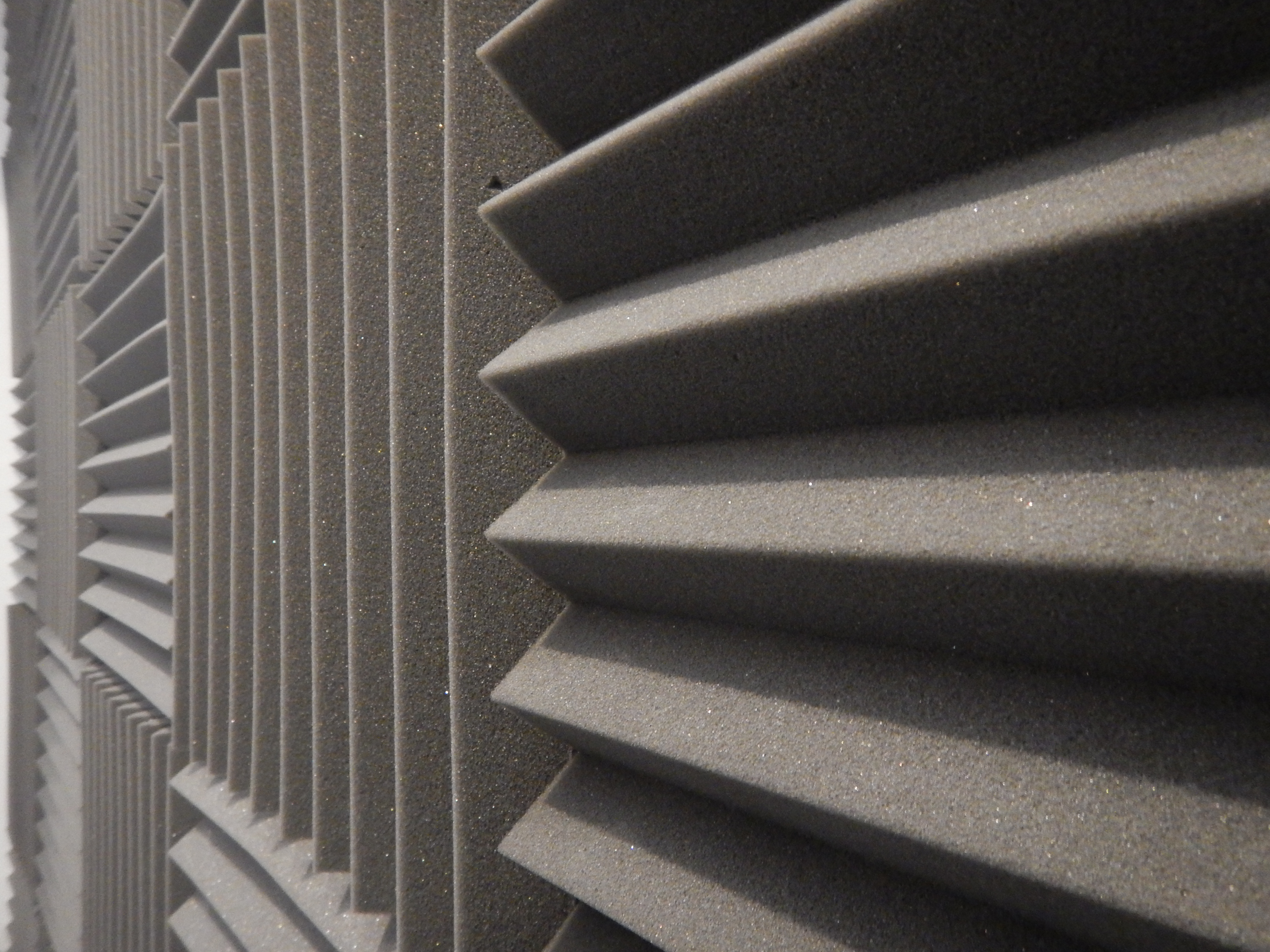Sustainability is reshaping architecture and interior design. In acoustics, recycled materials such as PET (polyethylene terephthalate) are redefining how spaces are built and experienced—combining sound performance with environmental responsibility.
Toward sustainable acoustics
Once dominated by non-recyclable foams or mineral fibers, the acoustic sector is now embracing materials derived from recycled plastics. PET fibers made from recycled bottles provide excellent sound absorption with a significantly lower carbon footprint.
PET: a circular and efficient material
- Produced from post-consumer plastic waste.
- Lightweight, durable, and dimensionally stable.
- 100% recyclable and non-irritating to handle.
Its open fiber structure transforms sound energy into heat, effectively reducing reverberation across all frequency ranges.
Design meets environmental awareness
Recycled PET panels allow architects to create visually warm, acoustically comfortable spaces. They embody a new aesthetic: clean lines, soft textures, and responsible materials for modern workplaces and public interiors.
Meeting environmental standards
Green certifications like LEED, BREEAM, and HQE increasingly reward materials with recycled content and recyclability. PET-based acoustic solutions contribute to these objectives while improving the indoor soundscape.
A long-term environmental choice
By reusing existing plastics, PET reduces the environmental impact of buildings while maintaining durability and acoustic quality over time.
Learn more in our sections on Sound absorption and Acoustic insulation.
FAQ
Are recycled acoustic materials as effective?
Yes, recycled PET achieves excellent absorption coefficients comparable to traditional foams.
Are PET panels recyclable again?
Yes, they can be reused or reprocessed, extending the material’s lifecycle.
Where can they be used?
In offices, schools, hospitality, and cultural spaces due to their versatility and clean design.
What’s their main environmental benefit?
They reduce plastic waste and help buildings meet sustainability targets.
